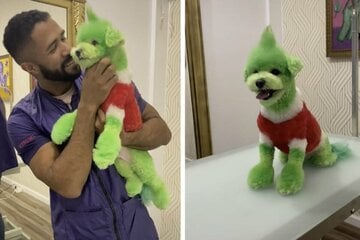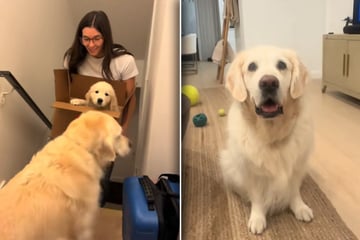Are you annoying your pet? Three behaviors that dogs really hate
It may be hard to tell what your dog is thinking, especially when they seem upset. But what really gets under our four-legged friends' skin (ahem – fur)?
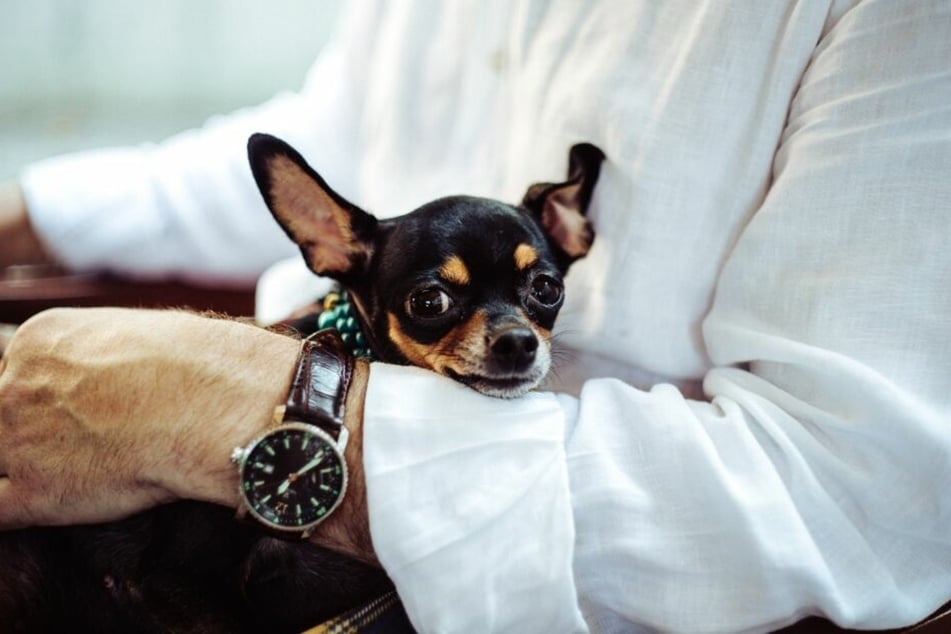
Human, behave!
There are certain gestures towards our fluffy companions that seem harmless, but are now actually thought to be taboo.
Research has shown that touch and interaction plays a huge role in our pet's personalities, and how comfortable they are around others.
While every dog is different, it is important to be considerate when making contact with any animal.
Here are a few things to avoid when interacting with your pets, and how it might help man's best friend.
Hugs can cause dogs stress
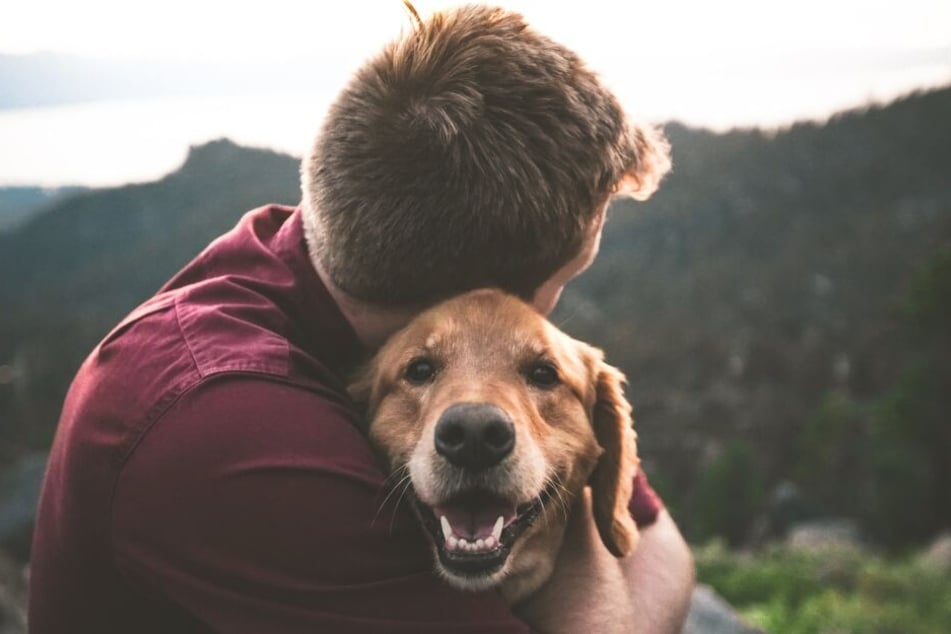
Dogs have a very different way of dealing with closeness and touch than humans do. Thus, it's important to be careful when expressing affection to canines.
While some dogs will tolerate being hugged and squeezed by a human, they often don't like it.
On the contrary, it's now believed that dogs frequently feel discomfort, nervousness, fear, or even aggression when hugged. So even if your pup seems to like your embrace, thy could be feeling trapped.
Look at your pet's body language. If your dog closes their eyes, lowers their ears, or turns their head away from you, it can be a sign of stress.
Also, intense shaking after a hug – as dogs look when they have just been bathed – is a clear signal that your dog may not be a hugger.
Head patting could be a "no-no"
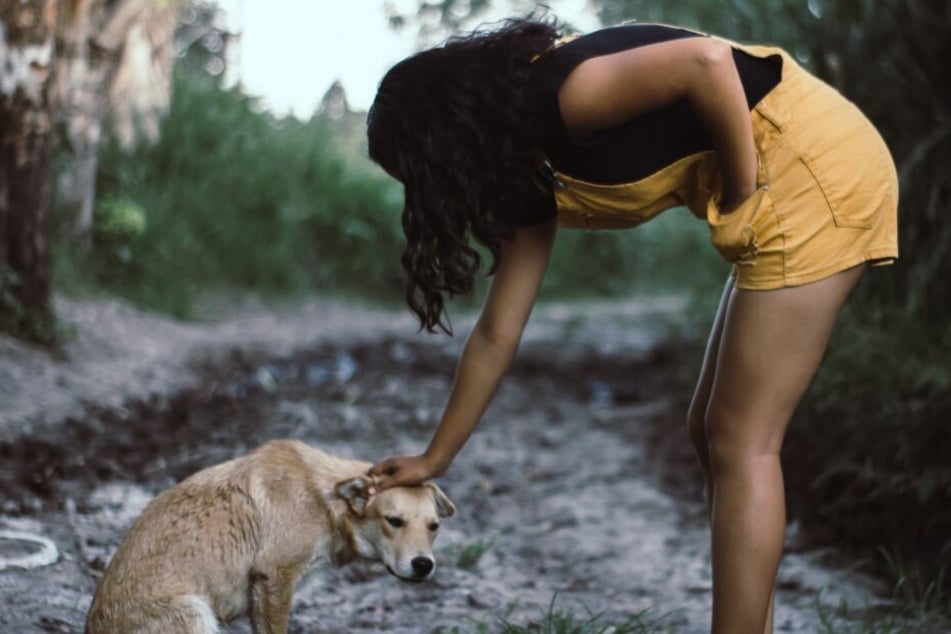
Just as it would feel for humans, petting dogs on the head or face can get unpleasant.
For many animals, patting on the head can be an annoying form of touch.
Scratching a dog's head should be avoided, especially with dogs that are unfamiliar to you.
If a dog responds by lowering their head, crouching their posture, and tucking their ears back, they could be uncomfortable.
As a person towers over a dog, in addition to head patting, it can appear even more threatening to a four-legged friend. With strangers, they are more inclined to feel cornered, and often even emit a growl as a warning sign that they want to escape.
Beware of making too much contact with a dog's head, and they'll be much happier.
Try not to stare
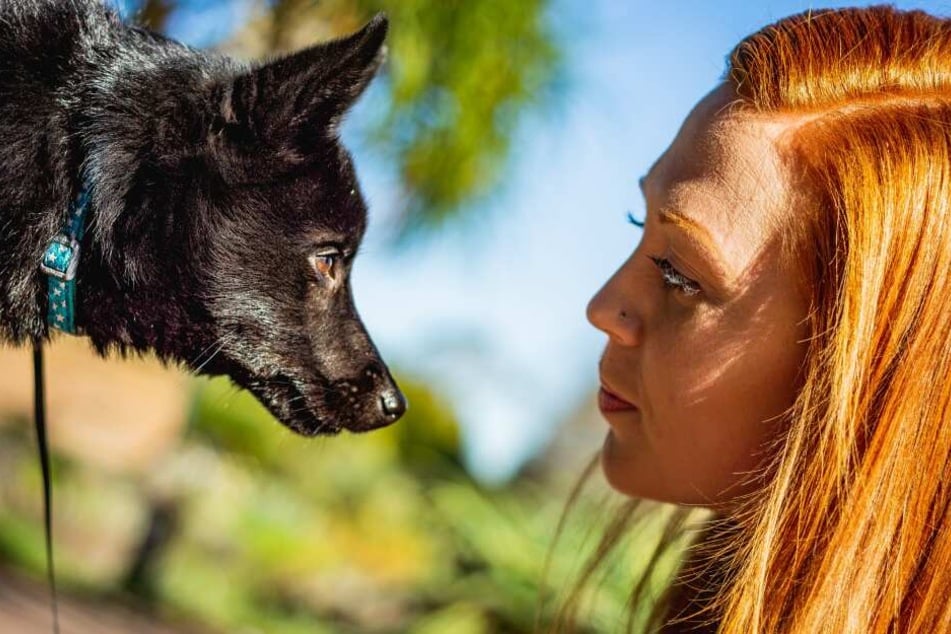
Eye contact is an important form of communication between man and dog.
Yet, a "no-go" should be long periods of staring directly into their eyes.
It is crucial to understand that prolonged eye contact causes provocation, and might read as an invitation to fight.
You might have noticed that when dogs meet, they usually stare at each other until one either turns its head away or they come to roughhouse. In some extreme cases, it is the precursor to fights.
If you want to avoid unnecessary stress for your pup, refrain from unsettling or unintentionally provoking your dog with a stare.
You can look at the tips of a dog's ears and their mouth to get a clue as to what they might be feeling — especially with strange dogs. If their ears are raised and their tongues are licking intensely, you should proceed with caution when interacting.
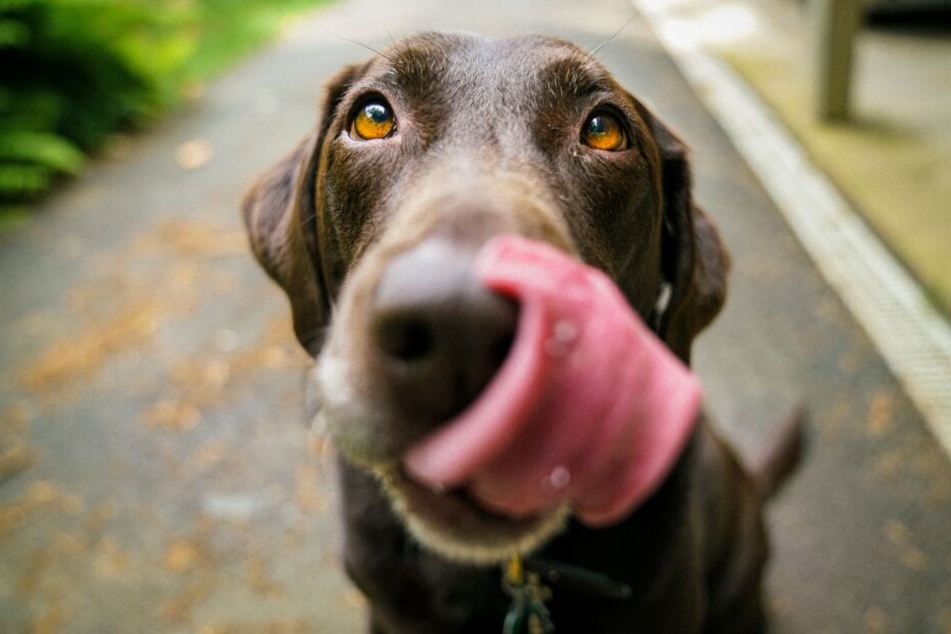
If you're still unsure about when your pet might be feeling anxious, have your dog's body language photographed.
Ask a friend to take pictures of you interacting with your dog. This may make it easier to evaluate your dog's feelings during certain activities from an outside perspective.
Take these tips to heart, and your dog will be wagging their tail in no time.
Cover photo: Unsplash/Angelina Litvin
